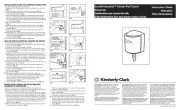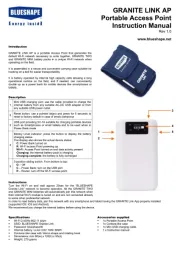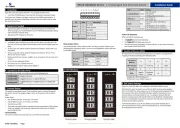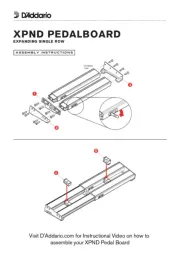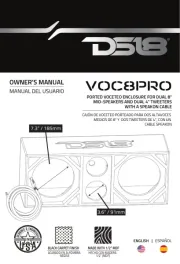Microchip MCP3461R Manual
Læs gratis den danske manual til Microchip MCP3461R (42 sider) i kategorien Ikke kategoriseret. Denne vejledning er vurderet som hjælpsom af 15 personer og har en gennemsnitlig bedømmelse på 5.0 stjerner ud af 8 anmeldelser.
Har du et spørgsmål om Microchip MCP3461R, eller vil du spørge andre brugere om produktet?

Produkt Specifikationer
| Mærke: | Microchip |
| Kategori: | Ikke kategoriseret |
| Model: | MCP3461R |
Har du brug for hjælp?
Hvis du har brug for hjælp til Microchip MCP3461R stil et spørgsmål nedenfor, og andre brugere vil svare dig
Ikke kategoriseret Microchip Manualer



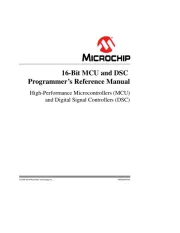

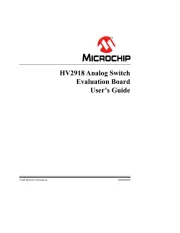
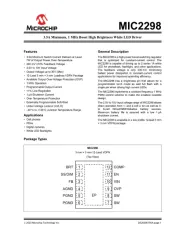
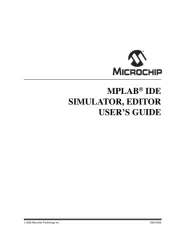

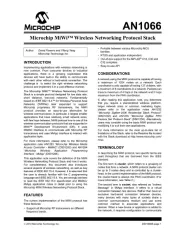
Ikke kategoriseret Manualer
- EOTech
- Stanley
- Tekron
- Nevir
- GC Audio
- Garden Place
- ID-Tech
- Hidrate
- Beckmann & Egle
- MQ
- Alcatel
- Dell
- GW Instek
- Carel
- Yoshino
Nyeste Ikke kategoriseret Manualer
